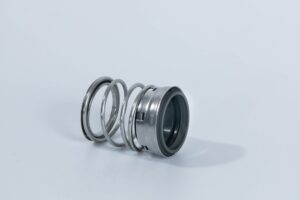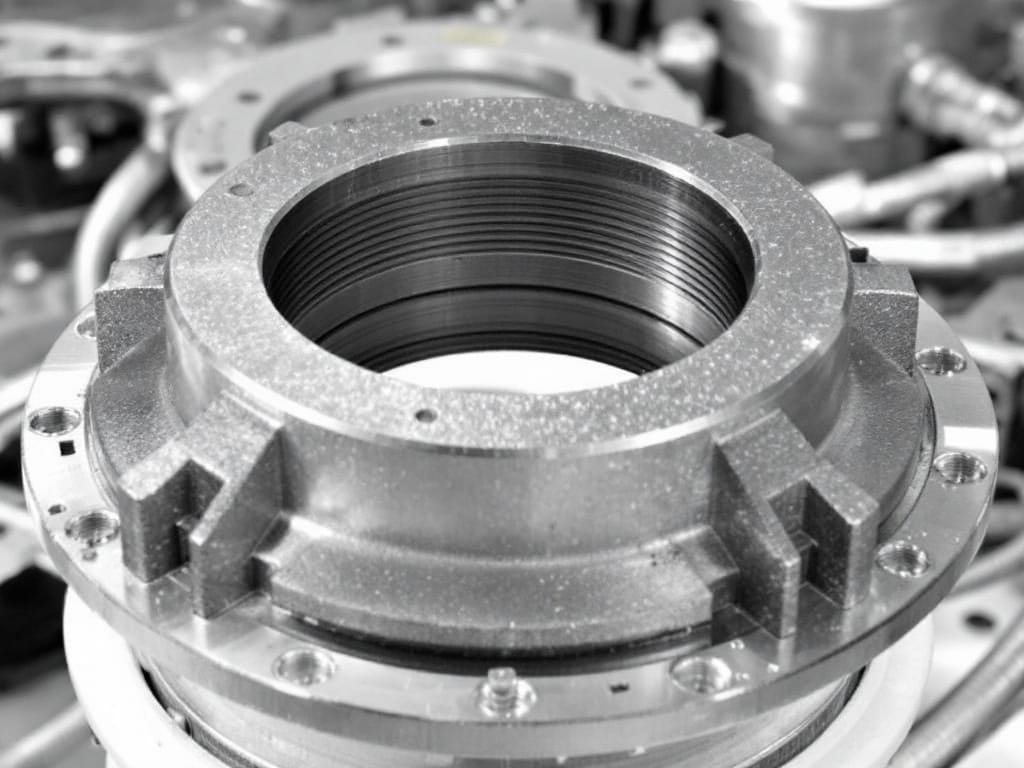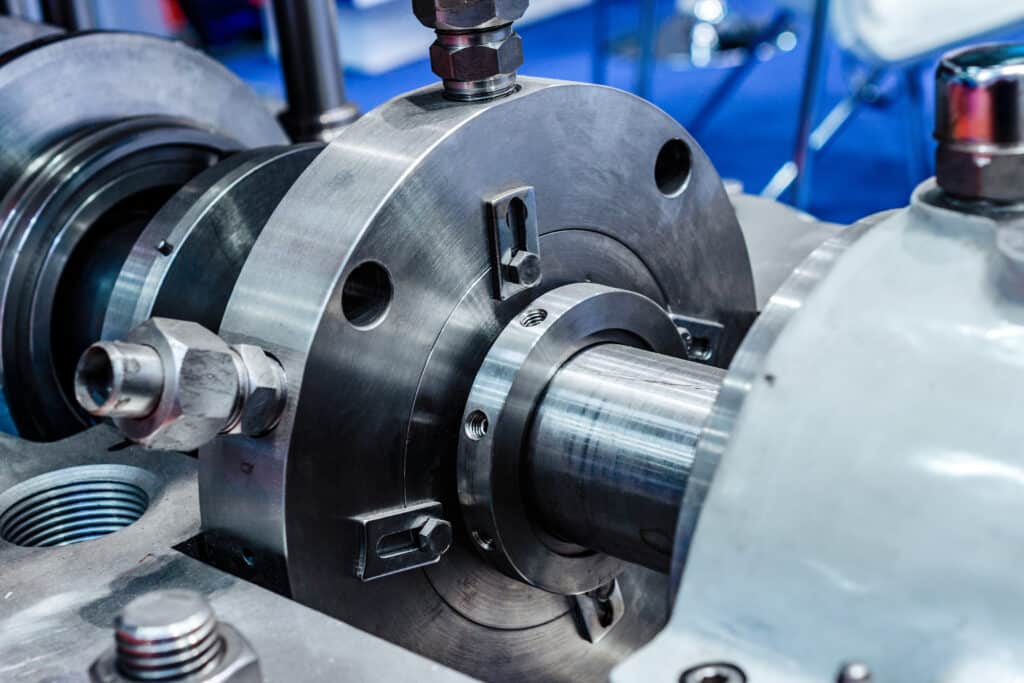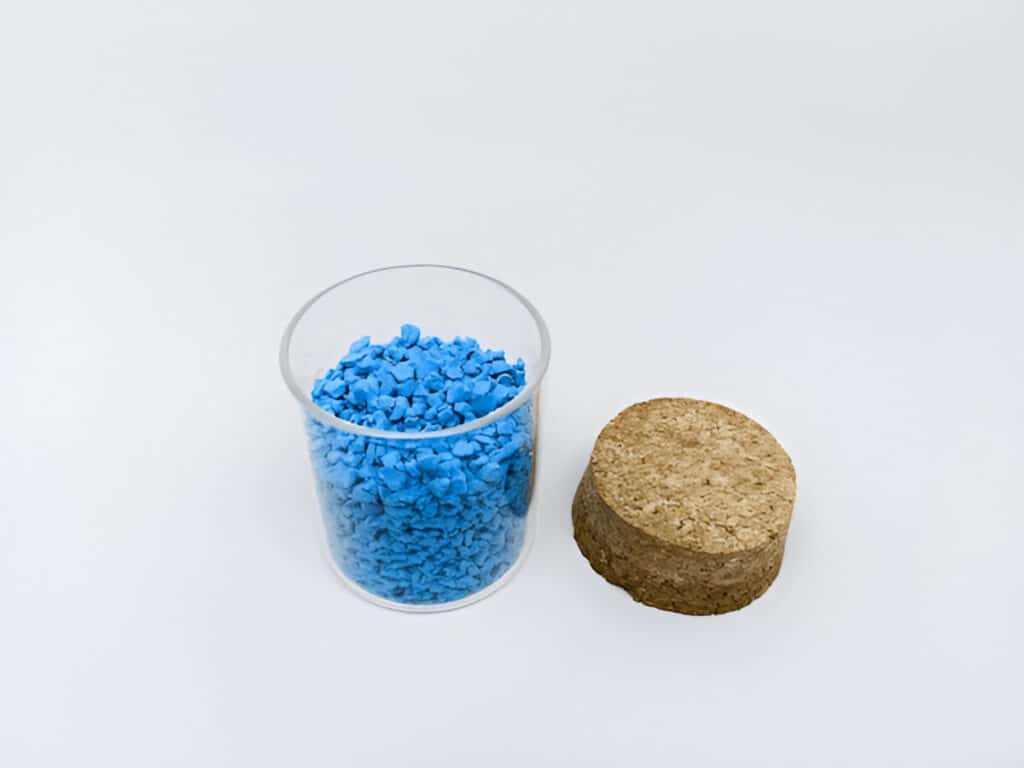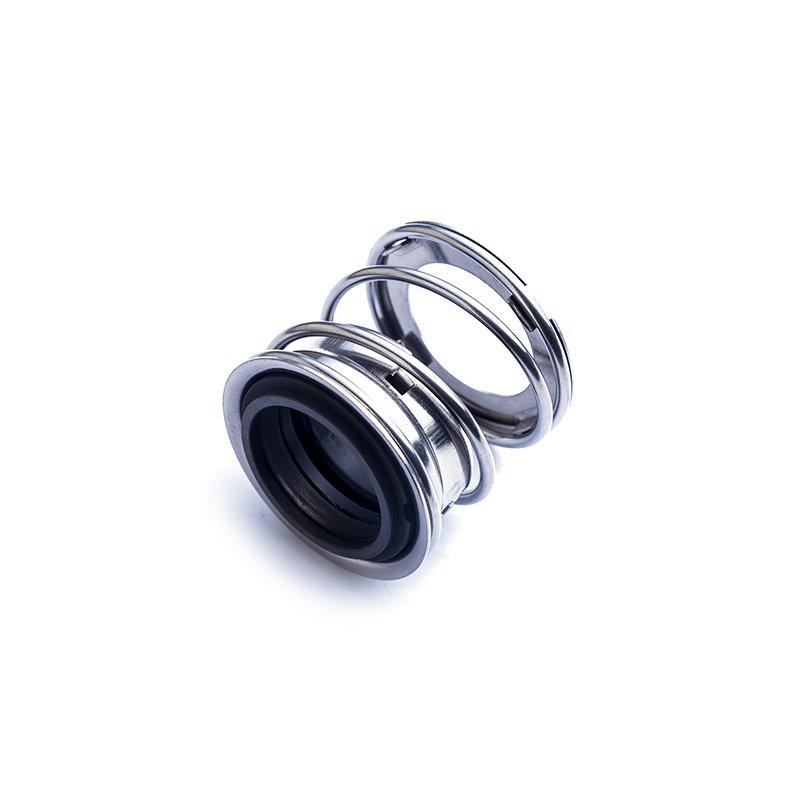
A single mechanical seal is a crucial component in rotating equipment, designed to prevent leakage of fluids between a rotating shaft and its stationary housing. This type of seal consists of a rotating ring attached to the shaft and a stationary ring fixed to the equipment housing, with both rings pressed together by a spring mechanism.
In this article, we’ll explore the structure, working principle, and applications of single mechanical seals. We’ll also discuss their advantages, limitations, and how they compare to other sealing solutions in various industrial settings.
What Is Single Mechanical Seal
A single mechanical seal is a critical component used in various industrial applications to prevent leakage of fluids between rotating and stationary parts of machinery, particularly in pumps and other rotating equipment. This type of seal consists of two primary components: a stationary seal ring and a rotary seal ring. These rings are precision-engineered with flat surfaces that mate together to form a barrier against fluid leakage.
The single mechanical seal is designed to withstand pressure from the process fluid and maintain a tight seal even under challenging operating conditions. It operates by creating a thin film of fluid between the seal faces, which provides lubrication and helps to dissipate heat generated by friction. This design allows for efficient sealing while minimizing wear on the seal components.
Single mechanical seals are often preferred over traditional packing materials due to their superior sealing capabilities and reduced leakage rates. They are particularly effective in applications involving corrosive fluids, high-pressure environments, or where minimal leakage is critical.
One popular variant is the Single Cartridge Seal, which comes pre-assembled and simplifies installation and maintenance. These seals are engineered to provide reliable performance across a wide range of industrial applications, from water resource process applications to heavy consistency slurry environments.
Single mechanical seals can be further classified into different types based on their design and functionality:
- Single pusher-type seal: This design uses a spring to maintain contact between the seal faces.
- “Non-pusher” seal: Also known as a bellows seal, it eliminates the need for dynamic O-rings.
- Pressure balanced seal: Engineered to minimize the effects of pressure on seal performance.
While single mechanical seals are generally the most economical choice for many applications, they may not be suitable for all operating conditions. In cases where additional protection or improved performance is required, alternatives such as double seals or tandem seals may be considered.
How Does Single Mechanical Seal Work
The single mechanical seal consists of two main components: a rotary seal ring and a stationary seal ring. The flat surfaces of these rings are precision-lapped to create an extremely smooth finish, ensuring a tight seal when they come into contact.
As the shaft rotates, the rotary seal ring spins with it, while the stationary seal ring remains fixed in the seal housing. The two rings are pressed together by a combination of spring force and hydraulic pressure from the process fluid. This creates a thin film of fluid between the seal faces, which acts as a lubricant and helps to reduce friction and wear.
The sealing mechanism relies on the balance between the closing force (provided by springs and hydraulic pressure) and the opening force (generated by the fluid film). This balance maintains a stable seal that can withstand varying pressure conditions while minimizing leakage and wear.
Advantages of Single Mechanical Seal
- Cost-effective: Single mechanical seals are the most economical seal option, making them a popular choice for many applications.
- Simplified design: The single seal configuration provides a robust design that is easier to install and maintain compared to more complex sealing systems.
- Space-saving: The compact design of single mechanical seals allows for smaller seal housings, reducing overall equipment footprint.
- Minimal maintenance: With proper installation and operation, single mechanical seals require less frequent maintenance than traditional sealing methods.
- Pressure-balanced options: Pressure-balanced single seals offer enhanced performance in high-pressure applications, extending the seal’s pressure capabilities.
Disadvantages of Single Mechanical Seal
- Increased risk of leakage: In the event of seal failure, there is a higher likelihood of process fluid leakage to the environment, which can be problematic for hazardous or precious fluids.
- Less protection against dry running: Single seals are more susceptible to damage from dry running conditions, as they lack the additional lubrication provided by barrier fluids in double seals.
- Limited cooling capabilities: Without a barrier fluid, single seals have reduced ability to dissipate heat generated by friction, potentially leading to seal failures in high-temperature applications.
- Reduced protection against product contamination: Unlike double seals with barrier fluids, single seals offer less protection against contamination of the process fluid by external contaminants.
- Higher sensitivity to fluid film disruptions: Single seals rely more heavily on the process fluid for lubrication, making them more susceptible to seal face damage if the fluid film is disrupted.
Applications of Single Mechanical Seal
- Chemical processing industry: Single mechanical seals are widely used in centrifugal pumps handling corrosive fluids. Their robust design and ability to withstand harsh environments make them ideal for applications involving acids, bases, and other reactive chemicals.
- Petroleum and petrochemical sectors: These industries extensively utilize single mechanical seals in their plant-wide applications. These seals are commonly found in pumps processing crude oil, refined products, and various hydrocarbon mixtures.
- Pharmaceutical industry: Single mechanical seals play a vital role in maintaining sterile conditions where product purity is paramount. These seals are often used in mixing tanks, reactors, and transfer pumps handling precious fluids and delicate compounds.
- Water resource process applications: Single mechanical seals are employed in pumps used for water treatment, distribution, and wastewater management. Their ability to handle clean and slightly contaminated water makes them suitable for various stages of the water treatment process, from raw water intake to final distribution.
- Food and beverage industry: Single mechanical seals are used in pumps processing various food products, from dairy to beverages.
- Heavy consistency slurry environments: Single mechanical seals are designed to handle abrasive fluids and withstand the challenging conditions present in slurry pumps.
Conclusion
Single mechanical seals have revolutionized industrial fluid handling systems with their efficient design and reliable performance. Throughout this article, we’ve explored the inner workings, design principles, and applications of these crucial components. From their simple yet effective mechanism to their wide-ranging advantages, single mechanical seals have proven their worth in various industries. While they do have some limitations, their benefits often outweigh the drawbacks for many applications.
Ready to enhance your equipment’s performance with high-quality single mechanical seals? Look no further than COWSEAL, your trusted mechanical seal manufacturer. Our expert team is prepared to help you find the perfect sealing solution for your specific needs.
Contact COWSEAL today for a personalized quote and experience the difference that superior sealing technology can make in your operations.


